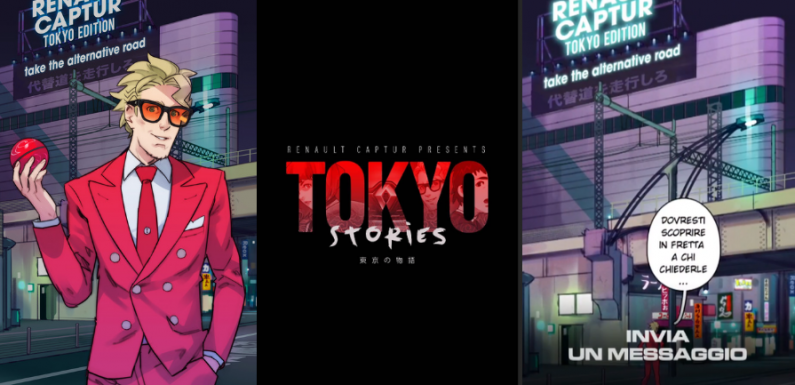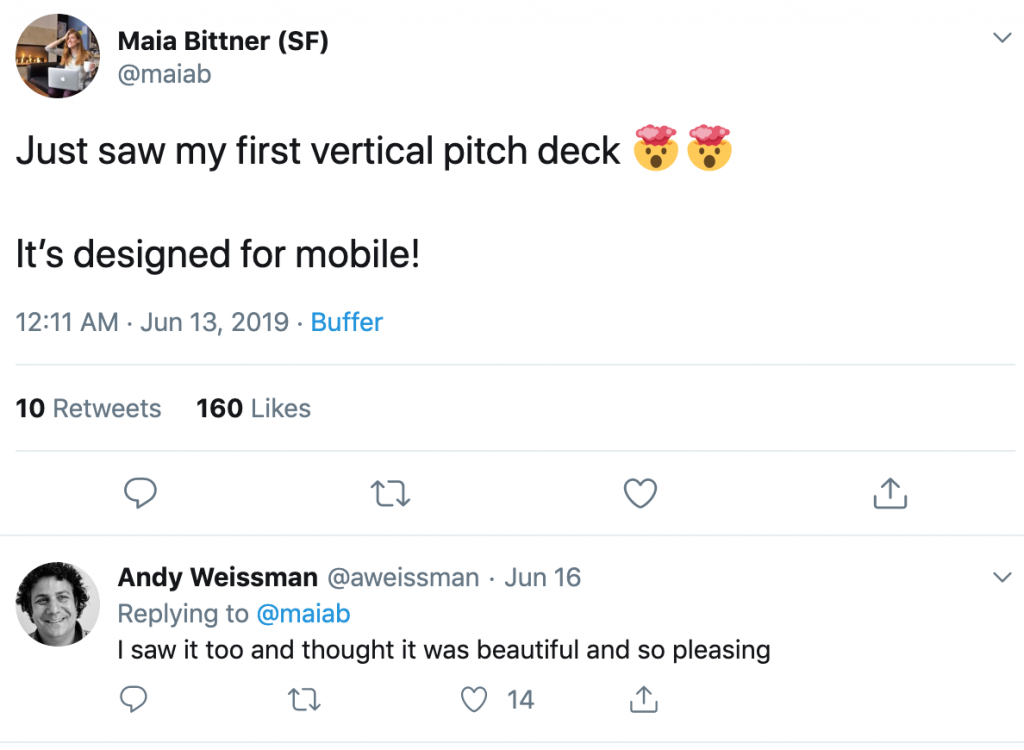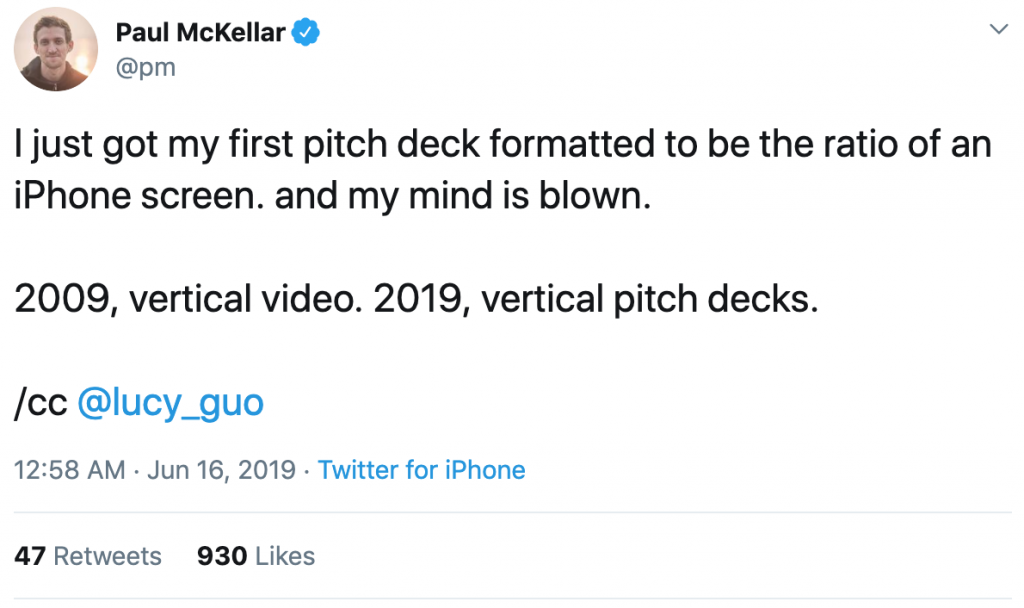
Renault Italy wanted to sell 100 limited edition Captur Tokyo edition SUVs. For some reason, they wanted to sell these 100 to ‘younger’ audiences (they perhaps have the data on why they were bent on selling it to this audience; it looks perfectly tempting to any kind of audience that could afford it).
So, their agency Publicis came up with the idea of selling them entirely online, through Instagram Stories, Facebook Messenger and Renault’s e-commerce platform.
So, ‘young people’ consume the . And chat with one of the characters (the mysterious guy in the video) via Facebook, and if they are already convinced with the vehicle, they place an order online.
Consider how we have evolved.
A car purchase used to be a family decision, at one point, Then, with increasing purchasing power, it became an individual decision.
The first port of call used to be a visit to the showroom, thanks to mainstream advertising, on radio, print and TV. The internet joined much later, but the mode of purchase still remains the dealer.
(More on this, from a recent post: )
Renault’s attempt upends the showroom part and turns to Instagram Stories for advertising. And instead of speaking to the dealer, or browsing the brochure or website, it adds Facebook Messenger as the tool of interaction.
While the simple adage of, ‘fish where the fish are’ is applicable for the reason behind Instagram Stories and Facebook Messenger, I couldn’t help marvel and be annoyed (at the same time), the way the communication industry contorts itself to suit different mediums from time to time.
First, they had a script on what the car was good for.
That script was turned into an audio narrative, for radio advertising.
The same script became copy and photographs, for print advertising.
The script became a video narrative, for TV advertising.
The same script became a press release for a PR outreach.
For the internet, the script was broken down into banners, native advertising articles etc. in the digital media.
The same combination of copy, photograph and video was extended to social media platforms, within the limitations of size and duration.
But when it comes to Instagram Stories, things take quite a dramatic turn.
What would have otherwise been a 5-minute video (and video continues to be the most dominant format on the digital media, by the way), is spliced into 43 video snippets of 5-7 seconds each, to fit the Instagram Stories template.
Why?
So that the ‘young people’ are able to interact with the story! And why do young people use this Stories format?
Because Instagram decided (Snapchat did first, but that’s a different story) that the youngsters have the attention span of a goldfish (supposedly 9 seconds, even though concluded that human attention span is down to 8 seconds, worse than a goldfish.) and to feed that ridiculously short attention span, came up with the Stories format that demands active engagement to keep it going.
In a normal video, this would be akin to the video pausing every 7 seconds and you are expected to press play button after each pause. If that sounds ridiculous, I have no clue why Instagram Stories doesn’t sound ridiculous at all.
Seen from the perspective of an individual’s Story on Instagram (or Facebook), it seems reasonably less silly – someone has to say something and they have only a few seconds to say so. And worse, it would vanish in 24 hours, thereby significantly contributing to FOMO too. But brands severely contorting themselves to fit such formats is considerably more dark humor, as in this case of Renault Italy.
If social media and technology join hands to consciously build things that feed on the already pathetic attention span of humans (young humans?), I wonder where we will head next!
I strongly hope we reverse the trend and build formats and platforms that accentuate the attention span of the human species, because the current direction seems severely detrimental.
Let’s not even start talking about TikTok, while we are at it.
PS: Another dimension of this phenomenon – vertical pitch decks that are created specifically for iPhone!


Consider why ‘decks’ were created in the first place. They perhaps started with those slide projectors (where the material to be presented was in the form of slides). When overhead projectors became common enough, we had Microsoft Powerpoint democratizing the use of slides and decks. It was meant as a one-to-many communication, typically.
Vertical pitch decks, formatted for iPhone screen size, goes back to one-to-one communication: an entrepreneur, sending that deck to a potential investor and talking to her/him one-to-one and pitching! This is actually very smart!
